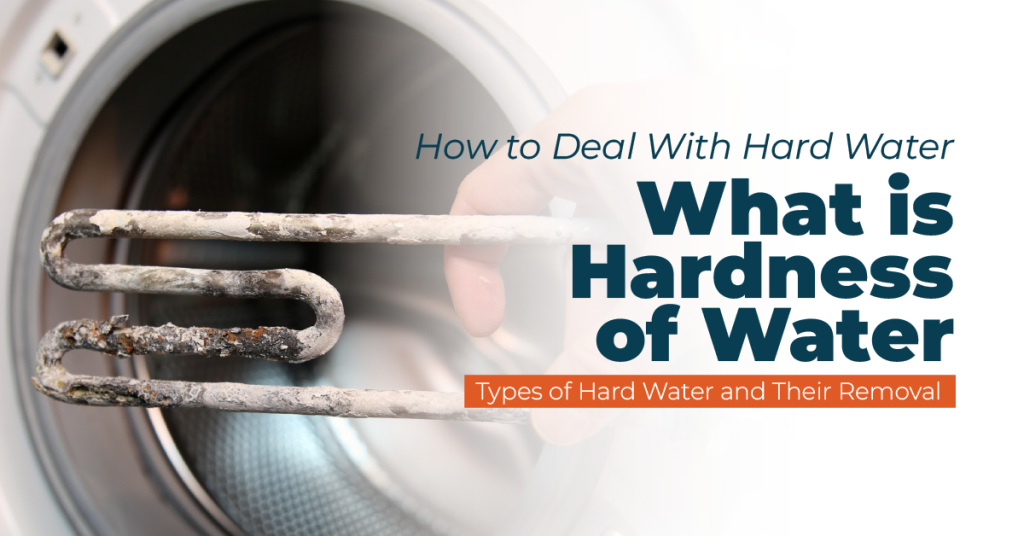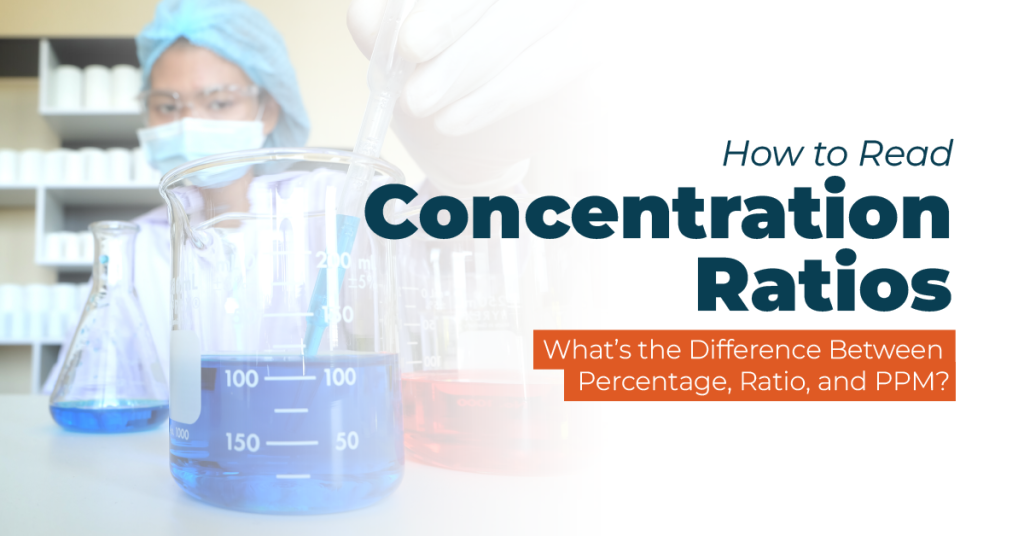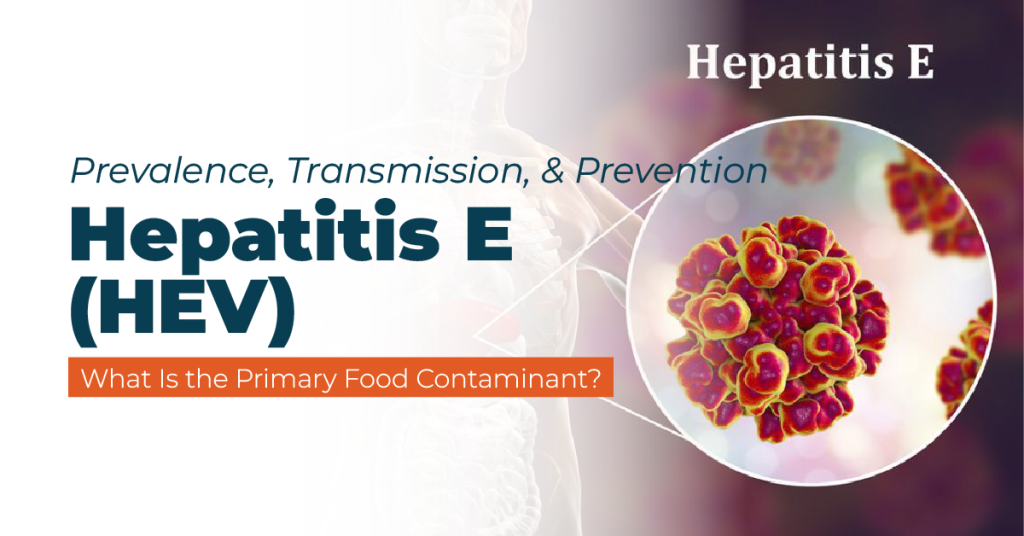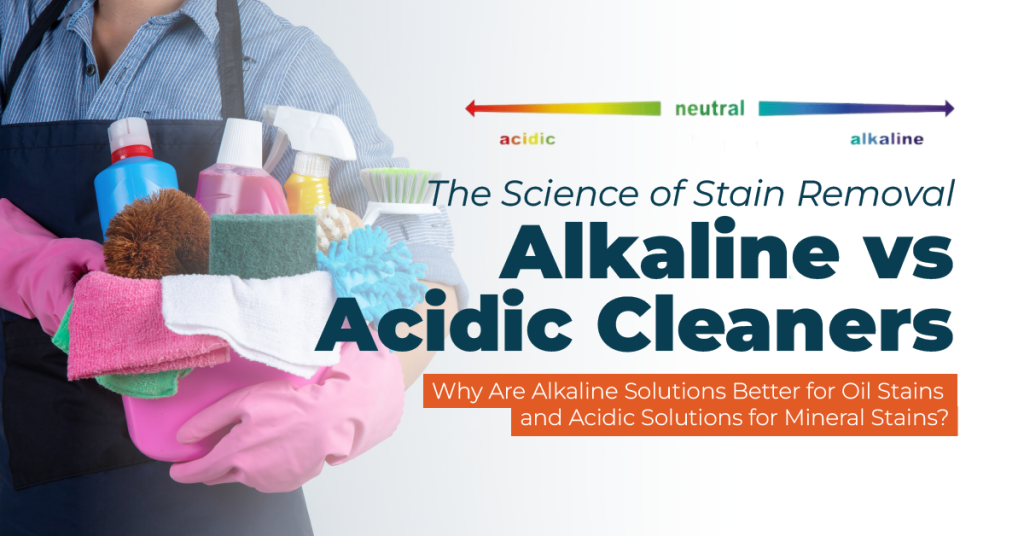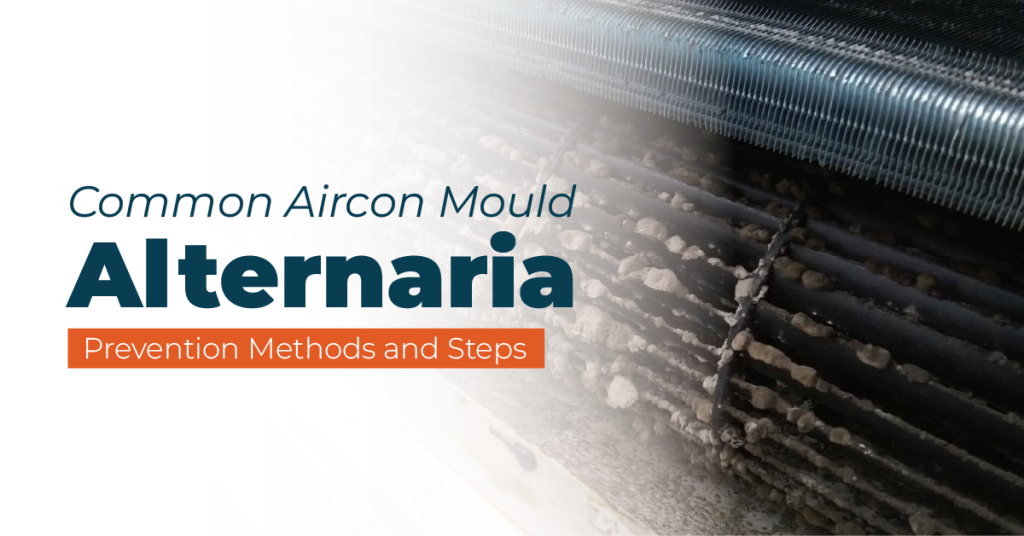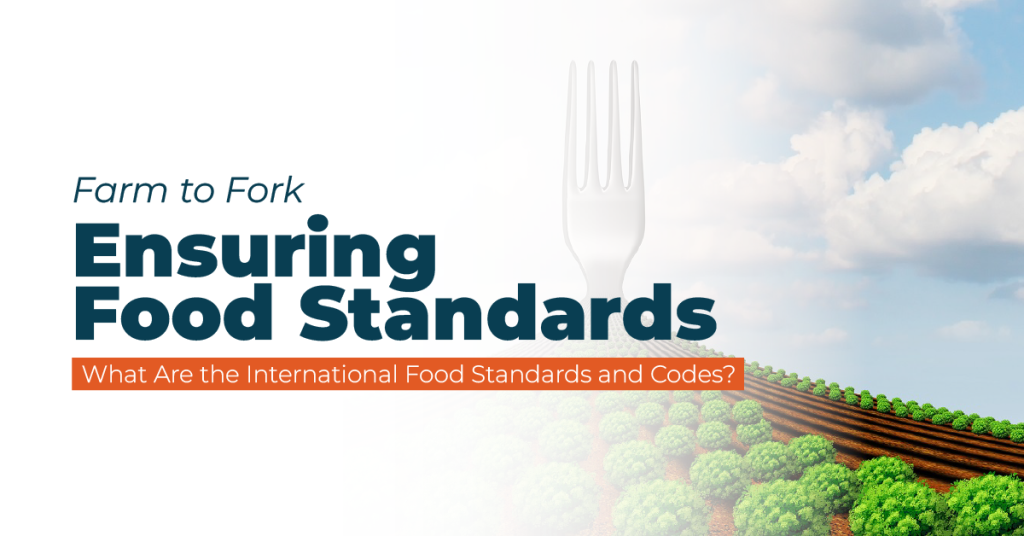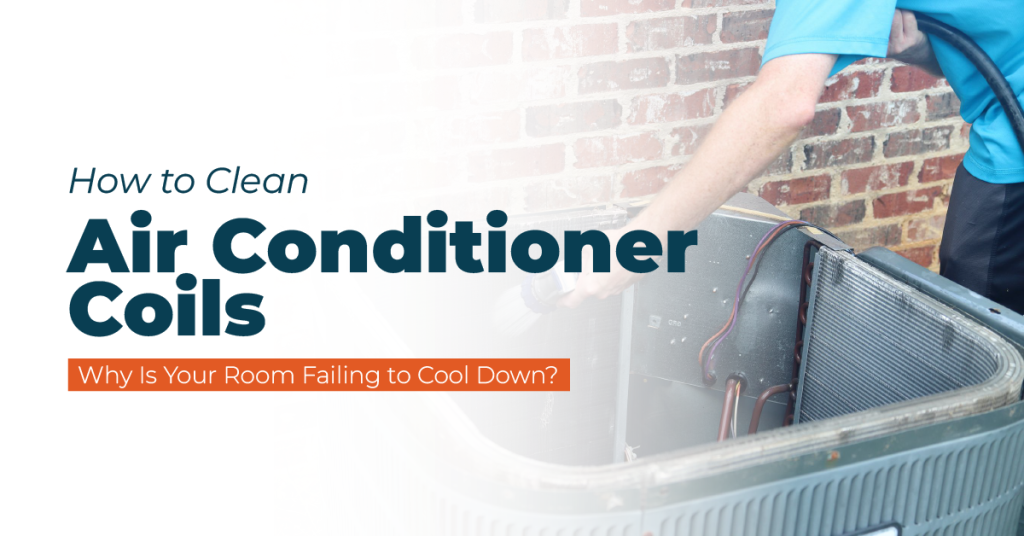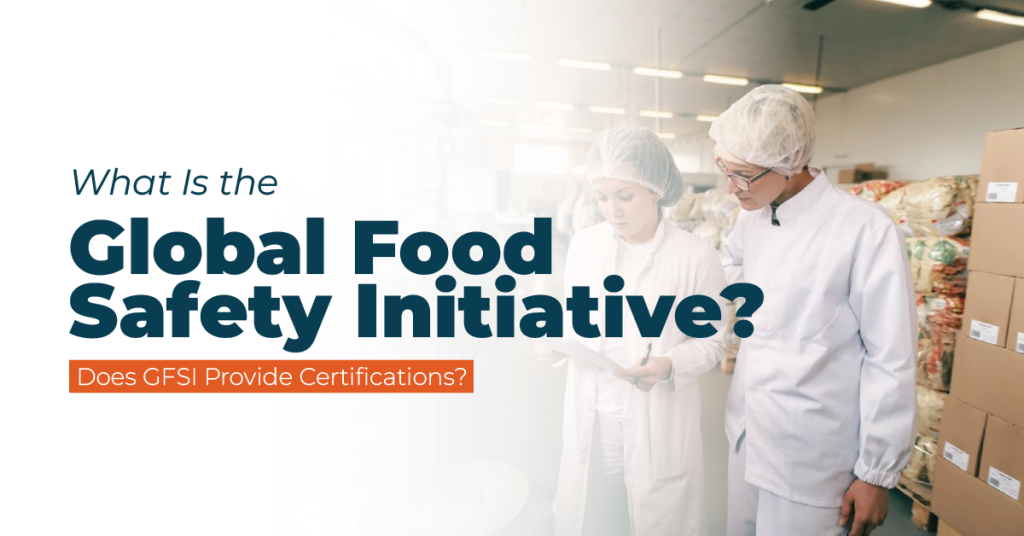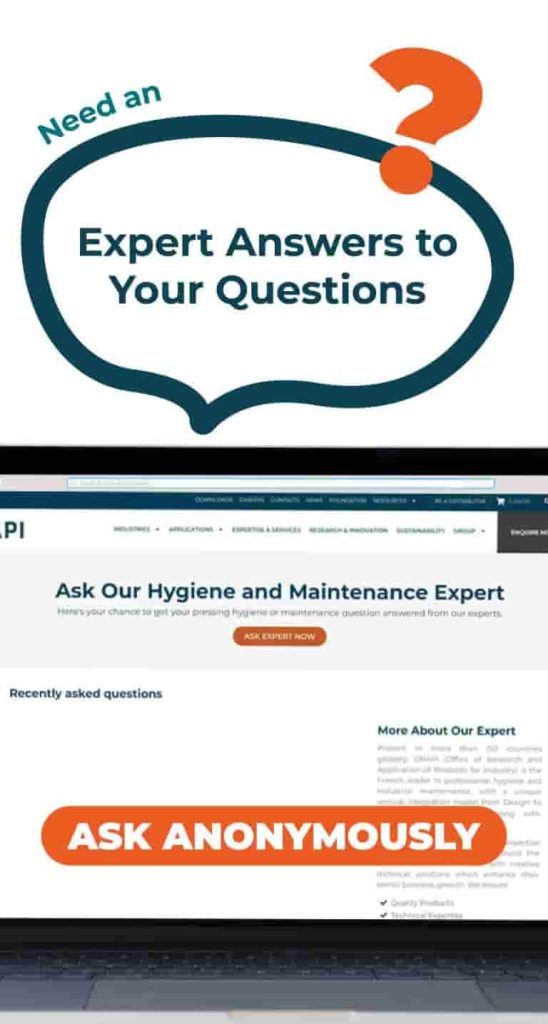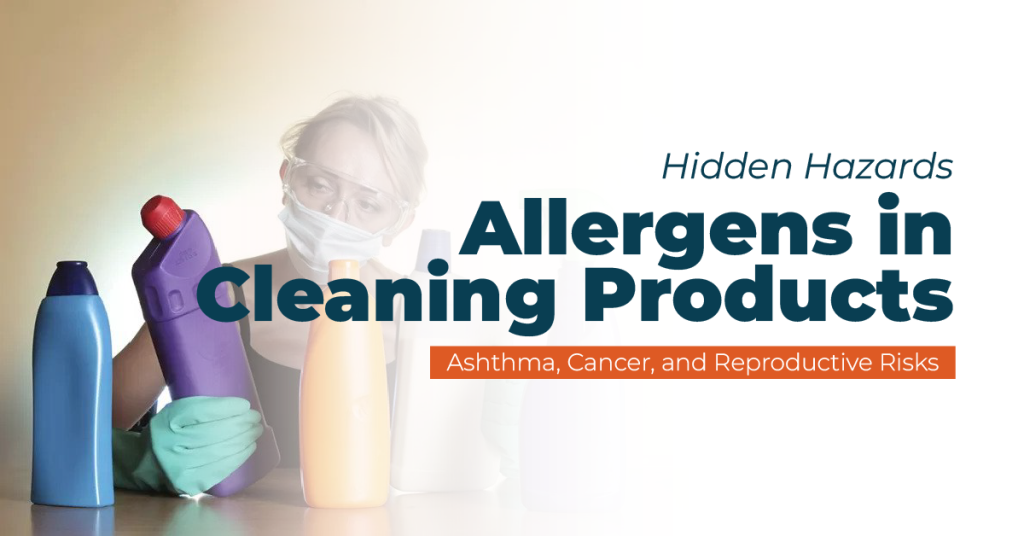
Hidden Hazards: Allergens in Cleaning Products
Asthma guidelines recommend consistent cleaning, but many products contain irritants and allergens, worsening symptoms, including in sensitive individuals. These chemicals can also lead to health issues like cancer and infertility. The WHO states that asthma affects 235 million people globally, primarily children. Additionally, a 2007 study involving 10 countries and 3,500 participants found a 30-50% higher asthma risk in those who used home spray cleaners weekly. In this article, we explore the various allergens found in cleaning products, their associated health consequences,


